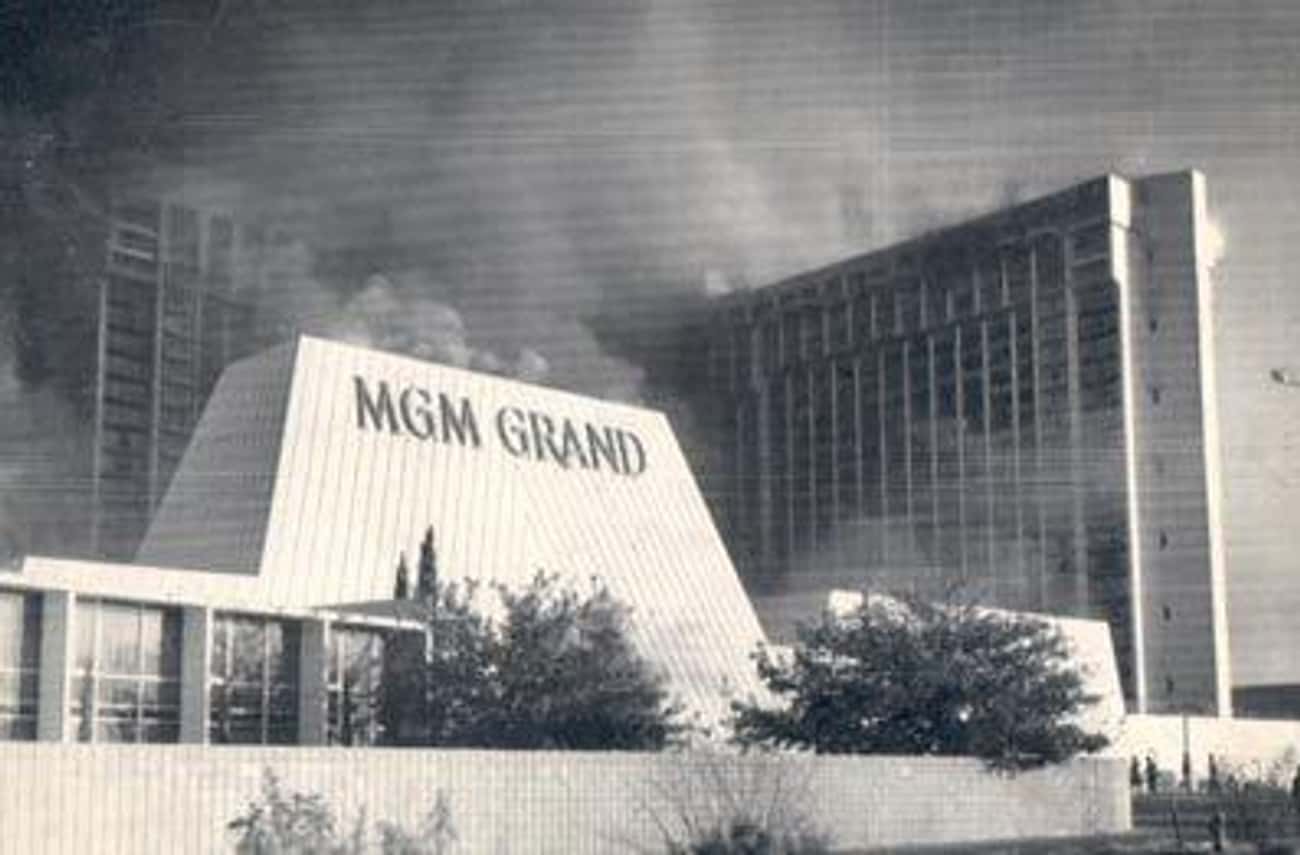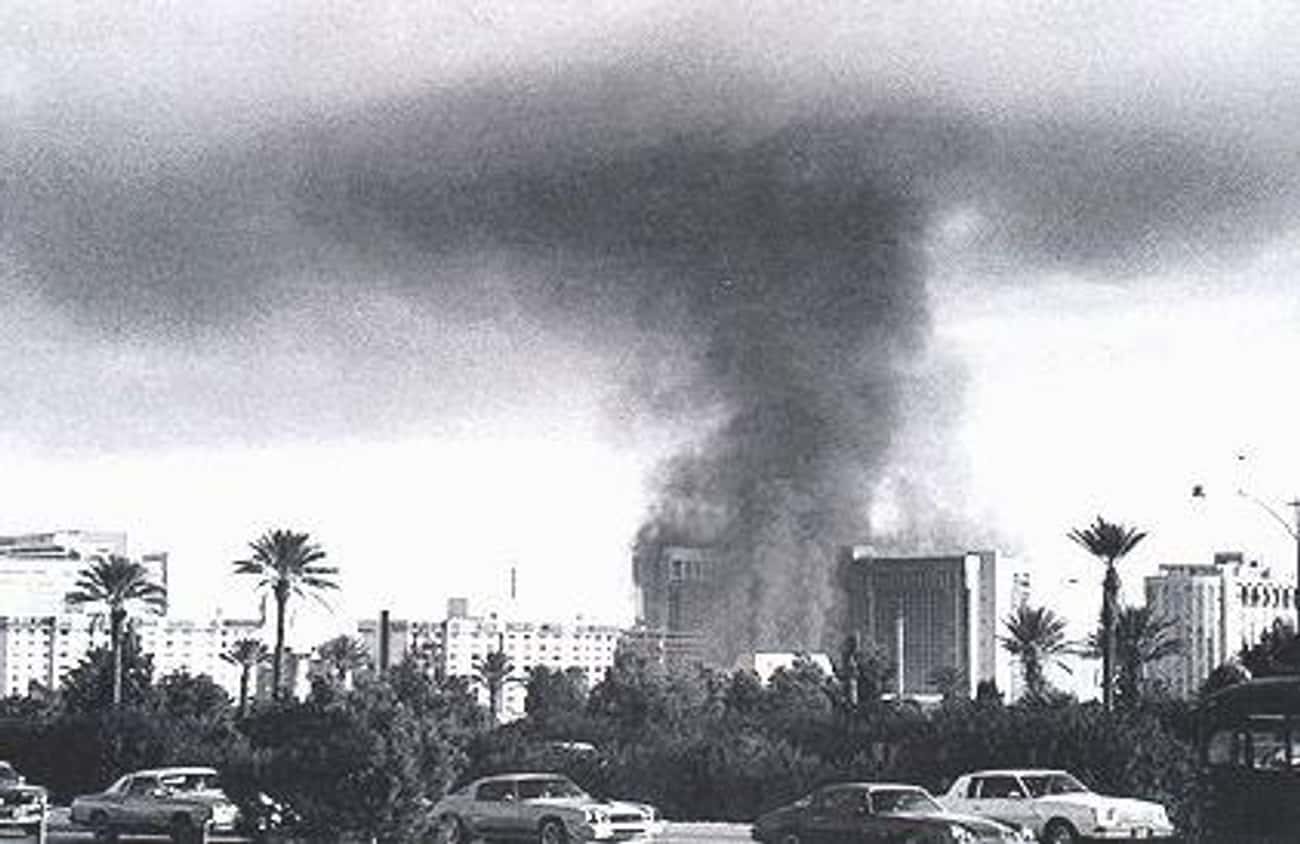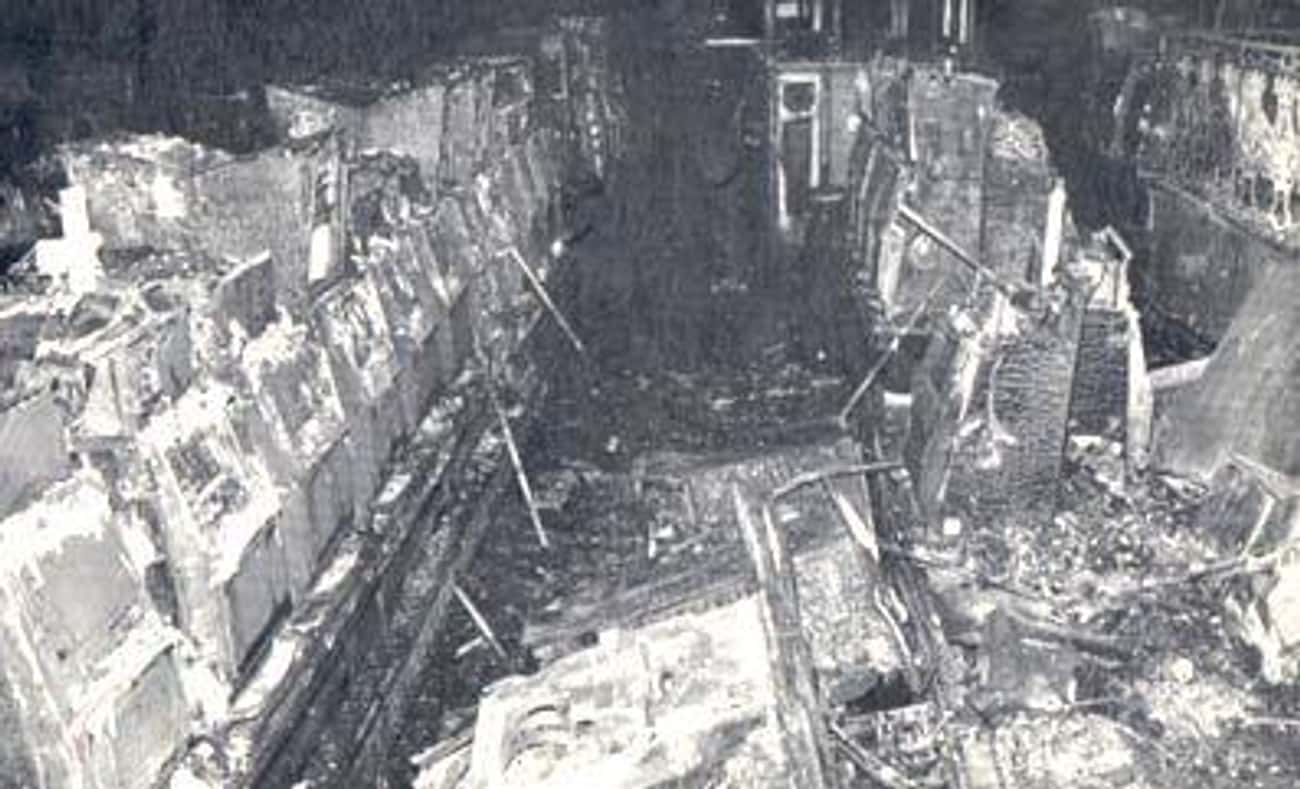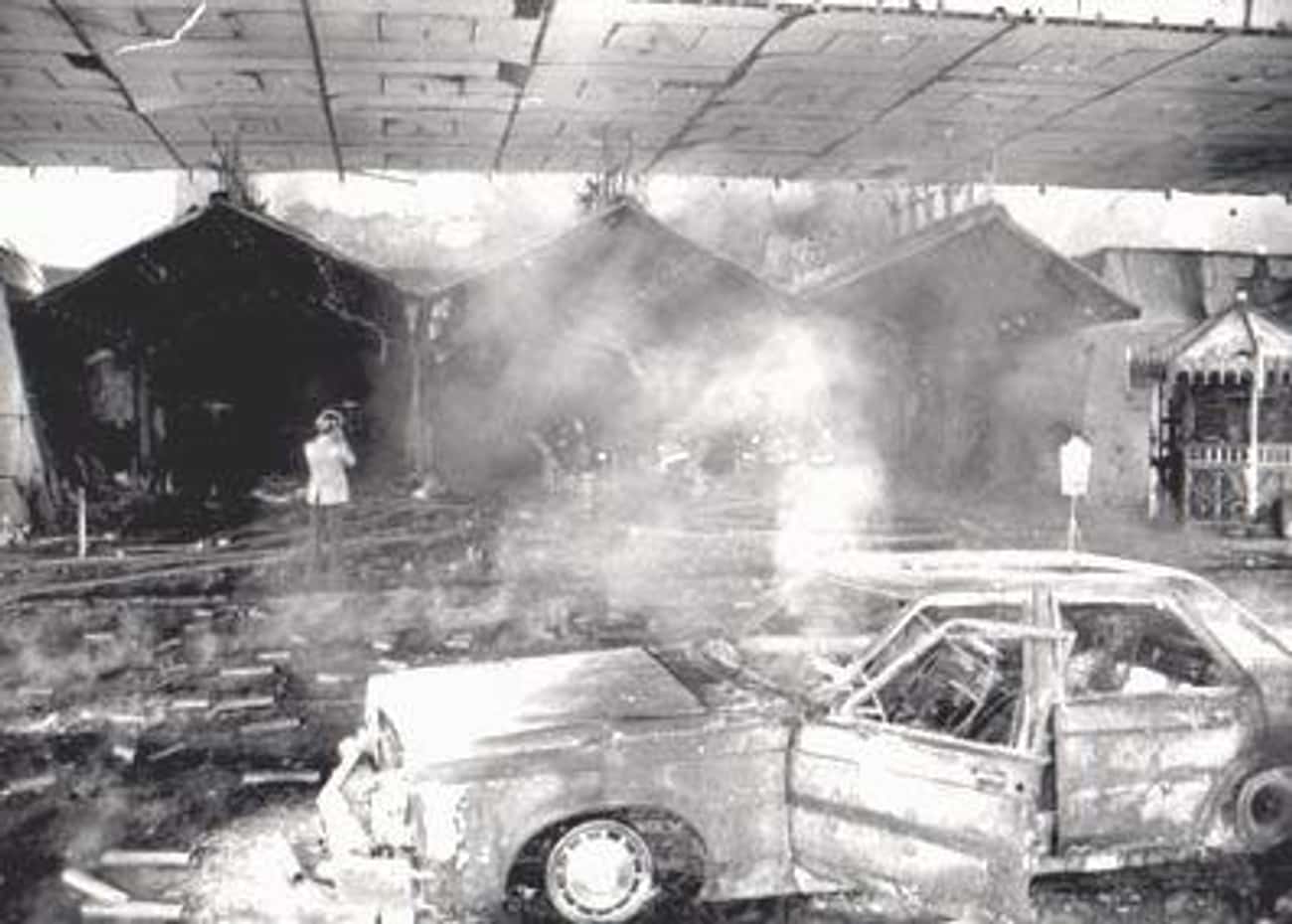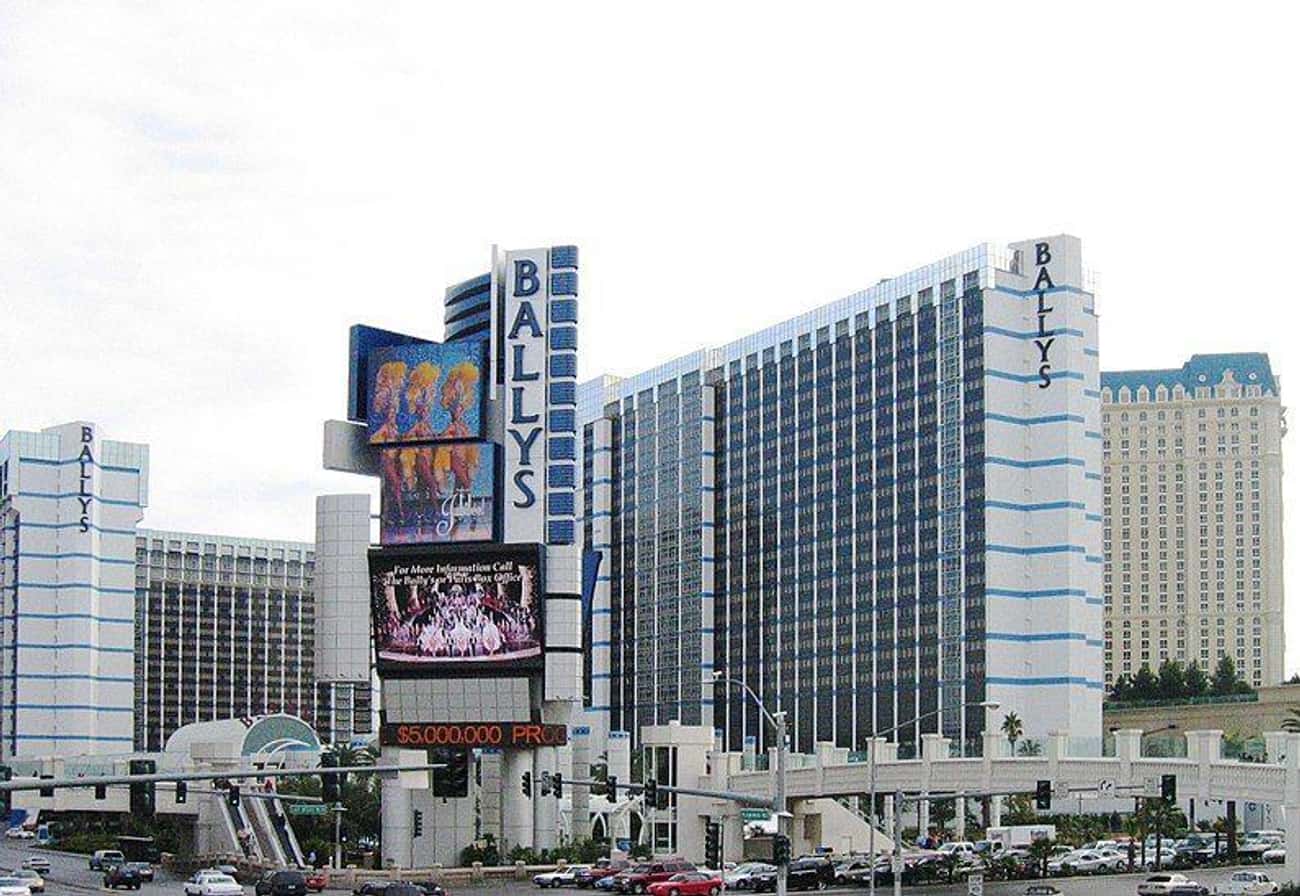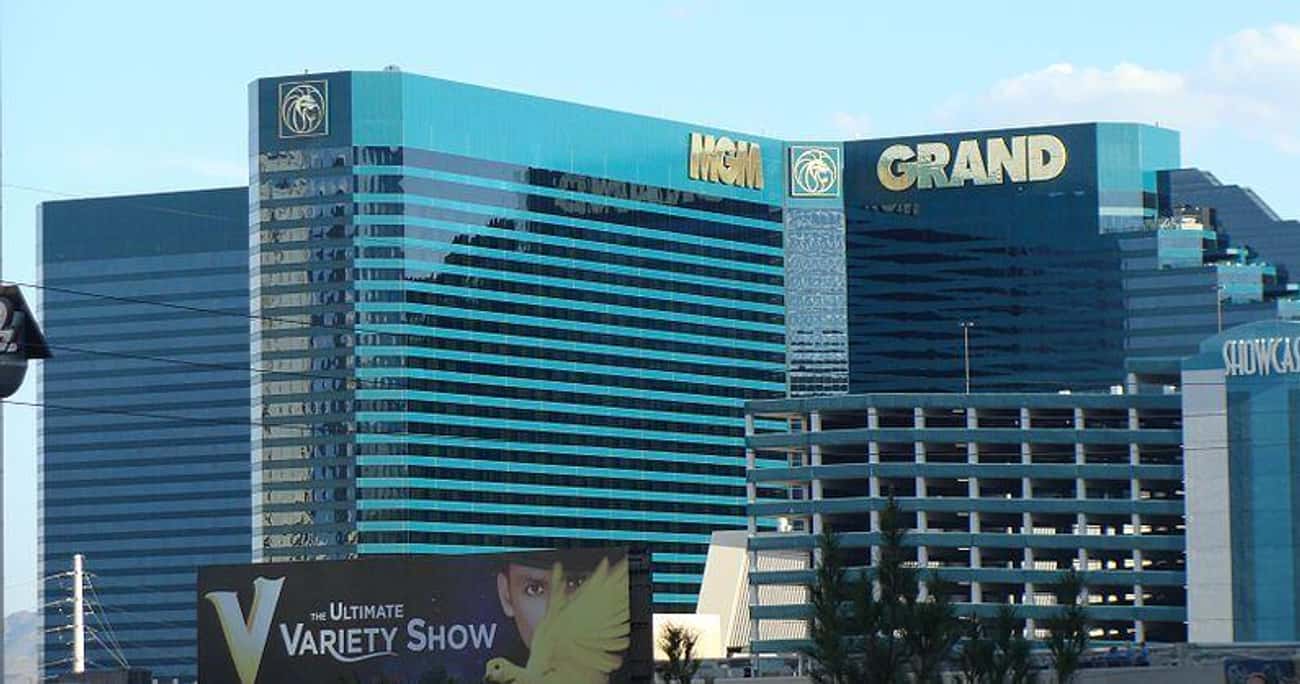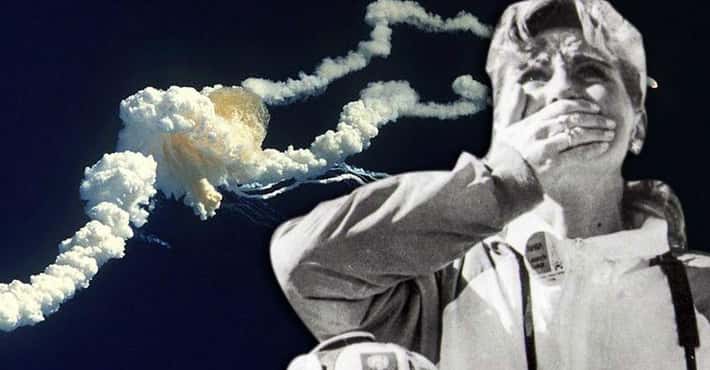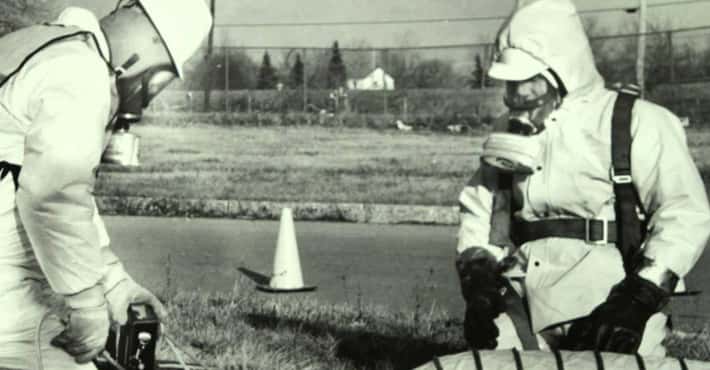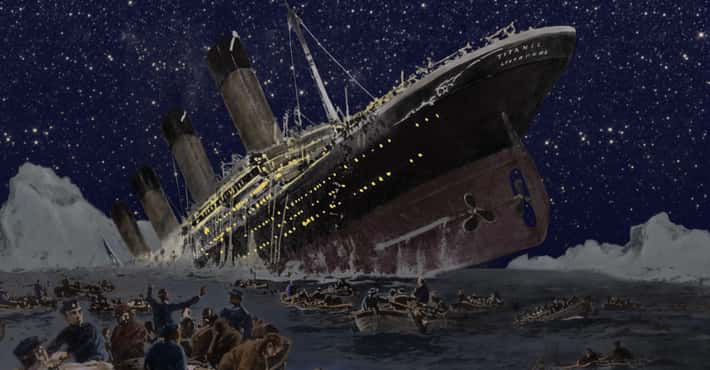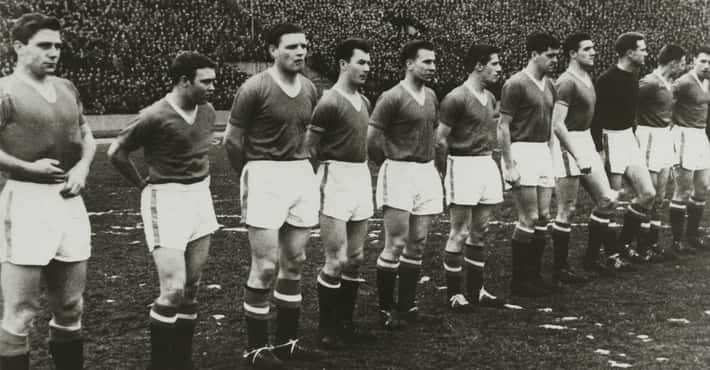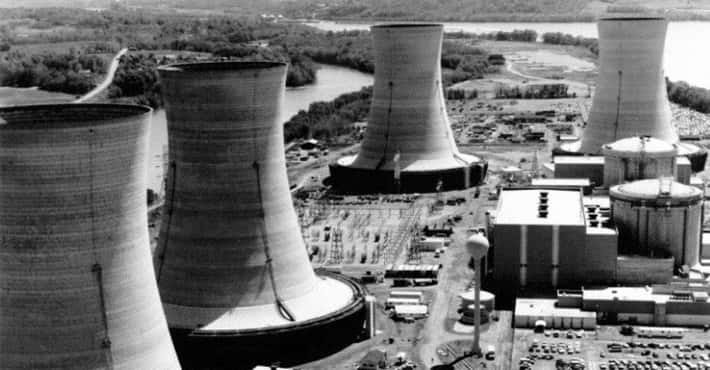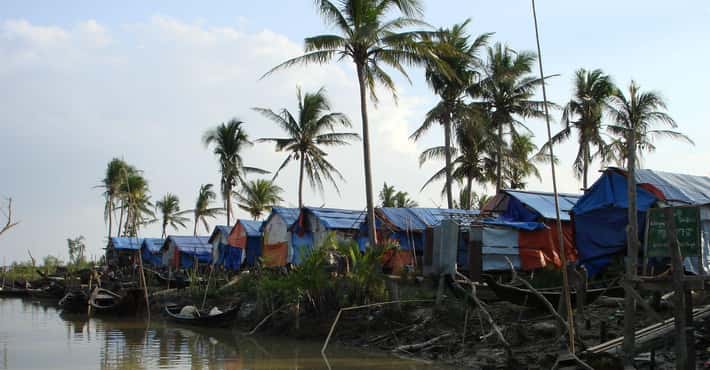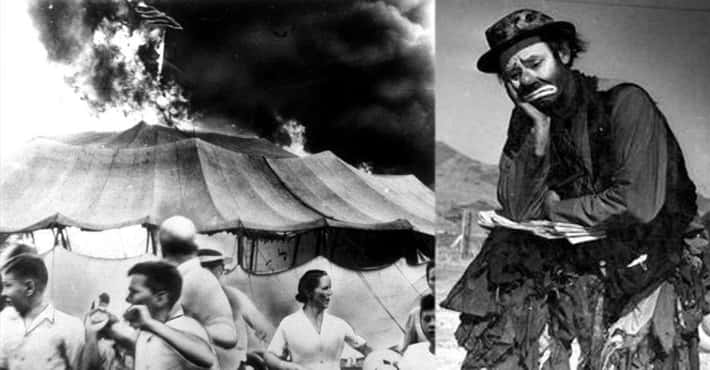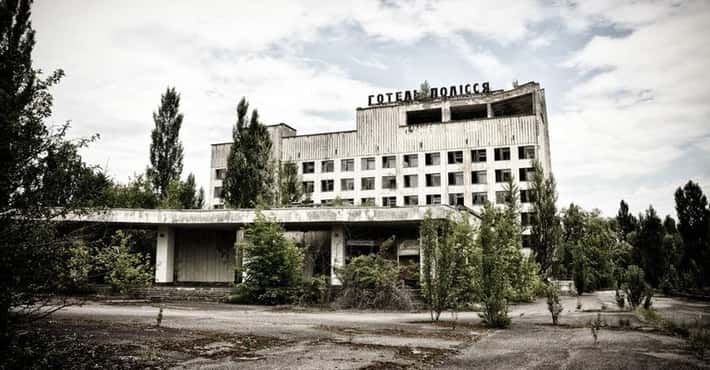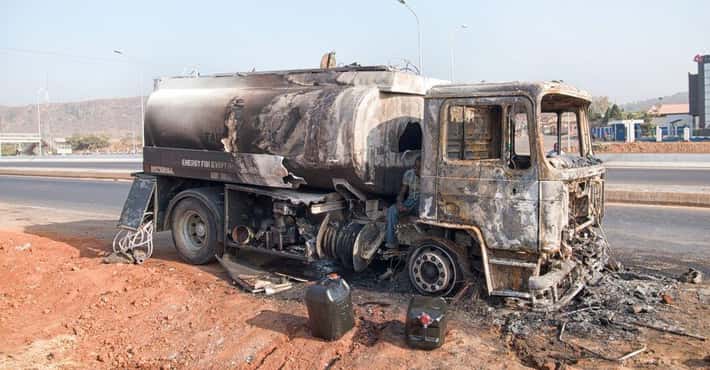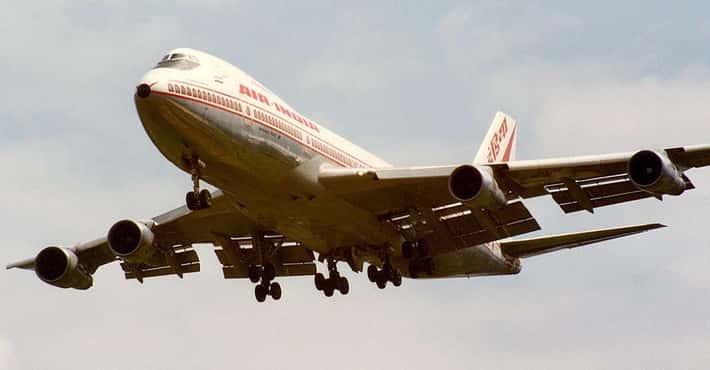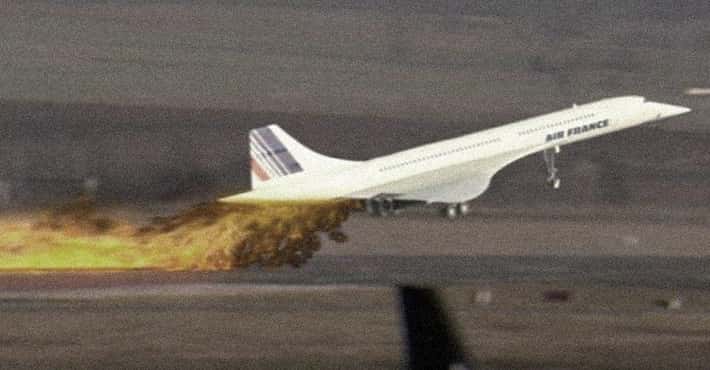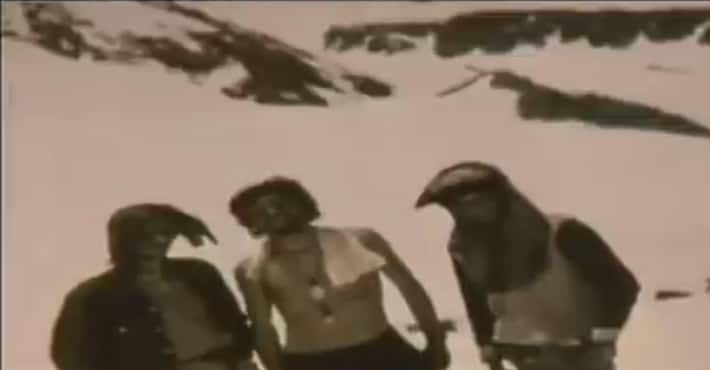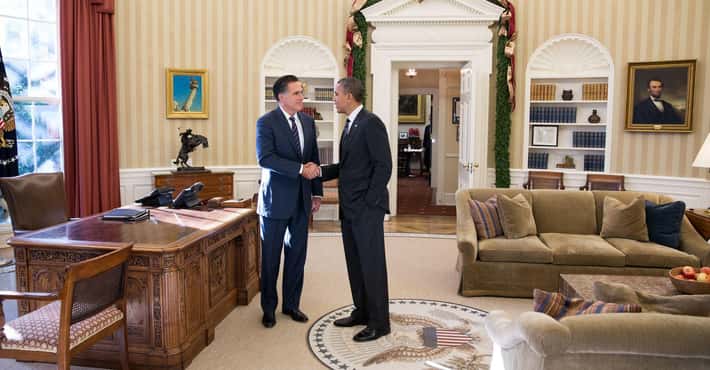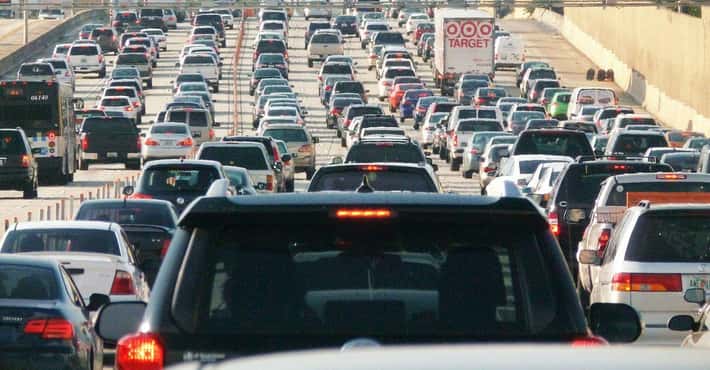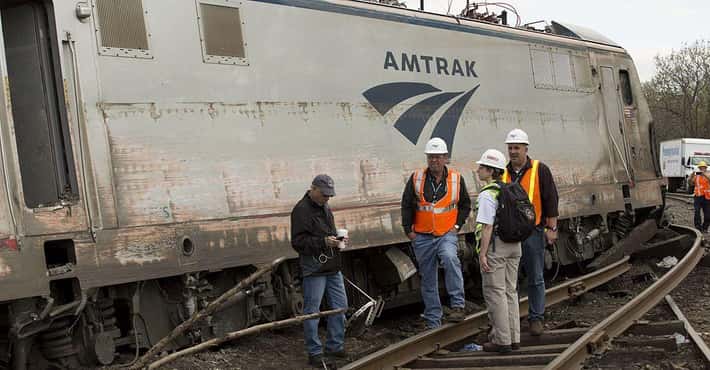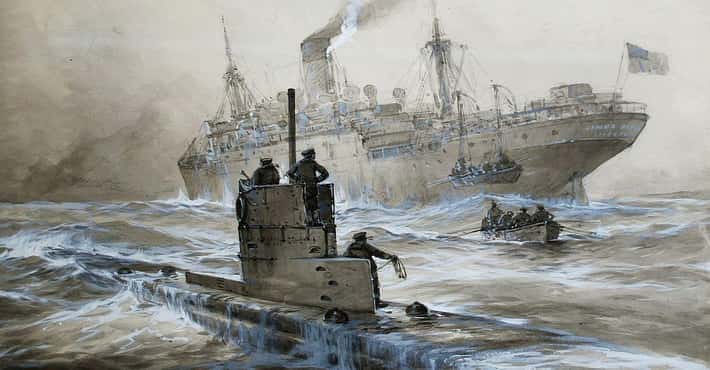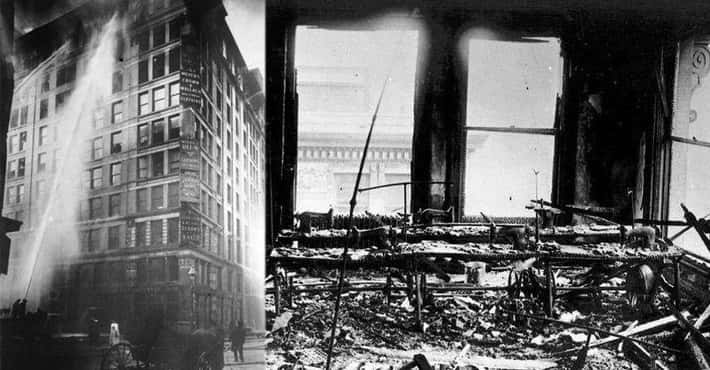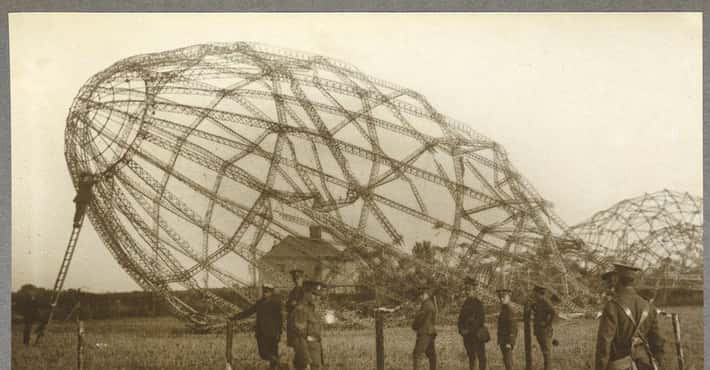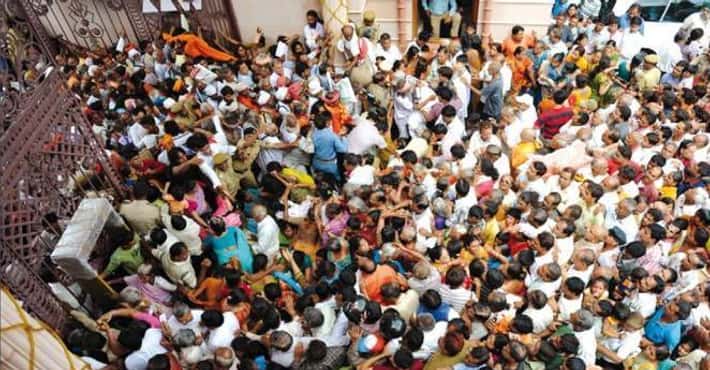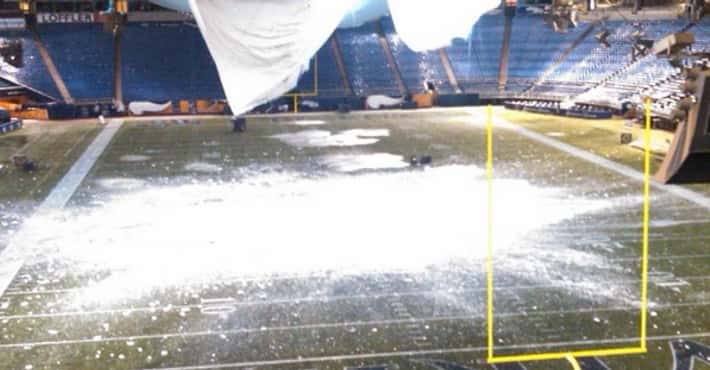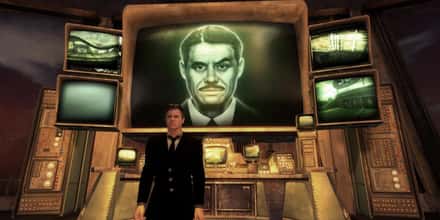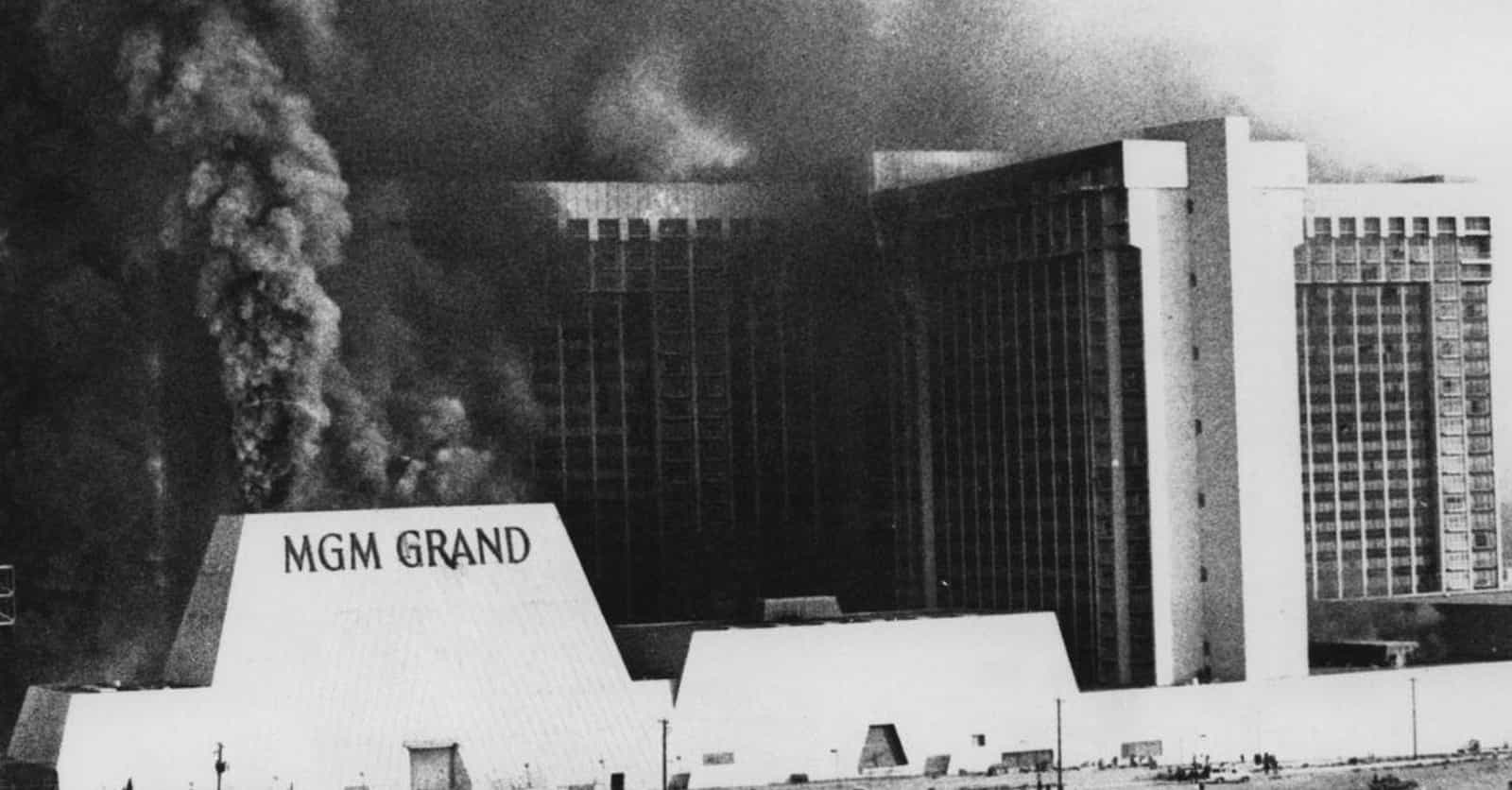
The MGM Grand Fire And How It Changed Las Vegas Forever
The Fire Started In A Restaurant Where It Could Have Smoldered For Hours
Photo: Clark County Gov / Public DomainA process called galvanic corrosion was the ultimate cause of the catastrophic fire. A pastry case in one of the hotel's restaurants, The Deli, was installed improperly. Over time, vibrations from the refrigerated case caused its copper pipes to shift and come into contact with an ungrounded aluminum conduit inside the wall. The two pipes rubbed against each other, causing the wire insulation to wear away, heat up the copper pipe, and start a fire within the wall.
It's unclear how long the fire smoldered inside the wall because the restaurant was closed overnight. On the morning of November 21, a hotel employee walked through the restaurant on his way to another part of the casino and saw a wall of flames reaching up to the ceiling. The heat was so strong that it knocked him down, but he wouldn't have been able to do anything to stop the fire anyway because the restaurant's fire extinguisher was missing.
The MGM Grand And The State Of Nevada Lost Billions After The Fire Because The Grand Wanted To Save $192,000
The construction of the brand-new, top-of-the-line MGM Grand Hotel and Casino complex came to around $106 million. Despite the amount of money put into the building, there was one crucial expense that they had balked at: fire sprinklers. They did have fire sprinkler systems in a few parts of the complex, but not in several critical areas, like The Deli, where the fire started, or the casino floor, where the fire quickly spread. The additional cost to add the sprinklers throughout the hotel and casino would have been $192,000.
Officials from the fire marshal to an independent risk management consultant had either strongly recommended or insisted that the MGM Grand install the sprinklers. However, they were allowed to proceed with construction without them because they insisted that The Deli would be open 24 hours a day - if a fire began, an employee would always be nearby to handle the situation. However, after a few years, The Deli's business had slowed and it started to close overnight. Despite this schedule change, sprinklers were still not added.
The MGM Grand itself lost several hundred million of dollars between settlement payments, reconstruction costs, and a lack of gaming income while out of operation. Other hotels and businesses in Las Vegas suffered for years after the incident, due to the newly perceived lack of safety.
Most Of The Casualties Resulted From The Smoke Funneled To The Upper Floors
Photo: Clark County Gov / Wikimedia Commons / Public DomainThere were 85 deaths and 650 injuries (14 of those injured were firefighters) in the MGM Grand fire. Even though the fire was contained to the first floor and extinguished fairly quickly, casualties reached all the way to the top of the building. Because the air conditioning units didn't have smoke detectors, they kept running, thereby circulating smoke and carbon monoxide throughout the building. It was this combination of smoke and carbon monoxide that killed 80 victims, many trapped between the 16th and 26th floors of the building.
But how did the smoke get to the upper floors? During construction, the MGM Grand was improperly fitted with fire dampers inside the ventilation system that were supposed to shut and stop the spread of smoke. The dampers didn't shut after sensing the fire, so the carbon monoxide spread throughout the building.
Just About Everything In The Casino Was Highly Flammable
It took less than 10 minutes for the fire to completely engulf the casino after it was discovered. The casino was essentially filled with fuel since almost all of the decor was made out of a combination of either plastic or wood. Leather stools were filled with foam padding, "chrome" finishes were actually plastic, not to mention plastic casino chips, and decorations like chandeliers and wood moldings that only looked like crystal and wood - they were plastic as well.
The ceiling compounded the problem. Ceiling tiles were installed using adhesive that was so flammable the state of Nevada banned its use three years earlier. Once the fire exploded into the casino, the ceiling went up in flames as fast as five to 10 feet per second. This allowed the fire to spread quickly, while all the burning plastic generated a deadly amount of smoke.
The Stairwell Doors Locked Automatically, Trapping People Inside
One of the major flaws in the construction of the MGM Grand was its stairwells. The 26-floor hotel had multiple stairwells for guests to exit the building during the fire, but the doors automatically locked from the inside. So, guests could enter the stairwells to head downstairs, but once inside they were trapped. Many died in the stairwells, as they were filled with toxic black smoke from the casino. However, hundreds of guests found their way up the stairs to the hotel's roof, where helicopters assisted with the evacuation.
The Casino Wasn't Equipped With A Sprinkler System
Photo: Clark County Gov / Public DomainAlthough sprinkler systems were installed in select sections of the MGM Grand complex, many critical areas weren't covered, including the casino itself. The casino was the size of three football fields, and the open space allowed the fire to blaze out of control. Not only was the large room pumped full of oxygen to feed the flames, it was packed with wooden and plastic decor. Luckily, since the fire began around 7 am, there were relatively few guests in the casino at the time. After the fire was extinguished, the casino had been reduced to heaps of burned plastic and rubble.
There Were No Automatic Fire Alarms
Today, buildings are outfitted with alarms that activate on their own when they detect a fire, but the MGM Grand wasn't equipped with automatic alarms in 1980. Staff had to set the alarms manually once a fire was identified. To make things worse, there were no alarm boxes in the casino area of the complex where the fire started. Employees interviewed after the tragedy said they initially doubted the existence of a fire because the alarms weren't triggered. Without proof, they hesitated to evacuate guests. Many guests remained asleep in their beds, unaware of the catastrophe that was unfolding.
Guests Were Desperate To Escape The Upper Floors
As the fire quickly spread downstairs, hundreds of guests were trapped on the floors above. Due to the delay in activating the manual fire alarm, many guests didn't realize they would need to get out until it was too late to go downstairs. Even after the evacuation had begun, some guests dismissed the activity outside of their room as typical Las Vegas revelry.
Most of the people who died were found between the 19th and 26th floors. After the fire, victims were found with a "black kiss" around their mouths from the smoke they'd inhaled. Others left bloody handprints on doors and desperate messages for help on their mirrors. Survivors took serious measures as well. Some fled to the roof, where helicopter pilots airlifted them to safety, while others shattered windows so they could try to get fresh air and wait for rescue.
Although The Fire Was Contained Quickly, The Full Evacuation Of The Building Took Hours
Las Vegas firefighters arrived on the scene of the MGM Grand two minutes after being called. Within about an hour, they had extinguished the blaze. However, the process of evacuating the roughly 5,000 guests from the hotel took another three hours. There were 300 people evacuated from the roof by helicopters, and firefighters rescued many people using ladders that reached up to the 9th floor.
The firefighters weren't the only heroes that morning. Guests who had successfully escaped the fire themselves went back in to help with the evacuation. One man allegedly carried an elderly guest down 21 flights of stairs, and a security guard dragged multiple unconscious people from the building. Local hotels offered 1,500 rooms to those affected by the fire, and Las Vegas residents opened their own homes to the victims.
The Fire Victims Won $223 Million In Settlement Money, But MGM Didn't Admit Responsibility
Photo: Clark County Gov / Public DomainReports revealed there were 83 different building violations and errors of installation in the MGM Grand that contributed to the fire. Investigations also surfaced the extent of the danger in the Grand's building materials. In the wake of the disaster, 1,327 lawsuits were filed against 118 companies.
Within three years, a settlement pool of $223 million was distributed to victims of the fire. Although they received financial compensation, the victims never had the satisfaction of hearing MGM claim responsibility for the part they played in the tragedy. MGM never admitted to any negligence.
Las Vegas Became Known As A Town Without Heart, Pity, Or Shame
Photo: Arnold C / Wikimedia Commons / Public DomainThe MGM Grand and its owners came under serious scrutiny after the horrific fire. The incident seemed to reflect the hotel's values, especially after the cost to install a fully functional sprinkler system was revealed. When compared to the lavish and expensive marble flooring in the hotel, it was considered an unacceptable way to save money.
The Arizona Republic ran an editorial that cut right to the heart of what people around the country were feeling, saying that Las Vegas was "a town without heart... a town without pity... a town without shame."
The Fire Drove Changes In Insurance And Safety Policies Across The United States
Photo: Zereshk / Wikimedia Commons / CC BY-SA 3.0The MGM Grand fire was a huge wake-up call for Las Vegas. It cut through the attitude that the city was somehow protected from harm, an oasis of luxury and fun in the desert. Nevada quickly set out to rebuild its reputation by enacting new fire codes requiring complete sprinkler coverage in high-rises, extensive alarm systems, and evacuation maps inside hotel rooms. These codes were required across the state, not just in Vegas.
The changes may have started in Nevada, but the effect spread across the entire country. After the events of November 21, 1980, fire codes and insurance policies around the US were changed to reflect the increased awareness of fire safety and the desire for fire prevention.


